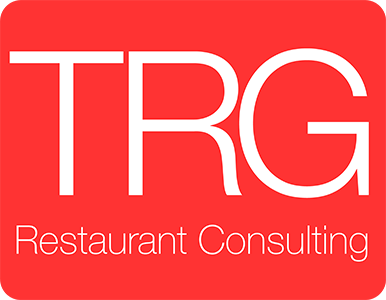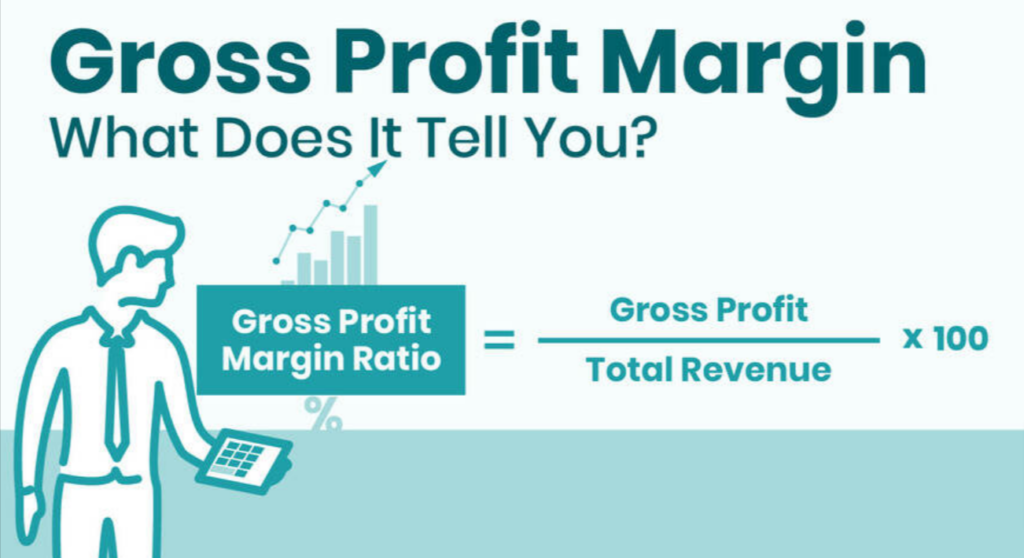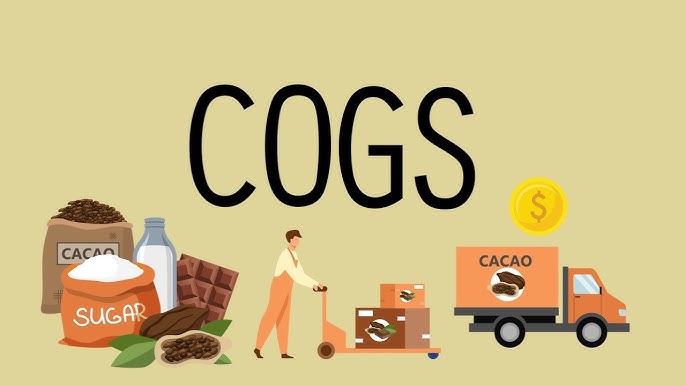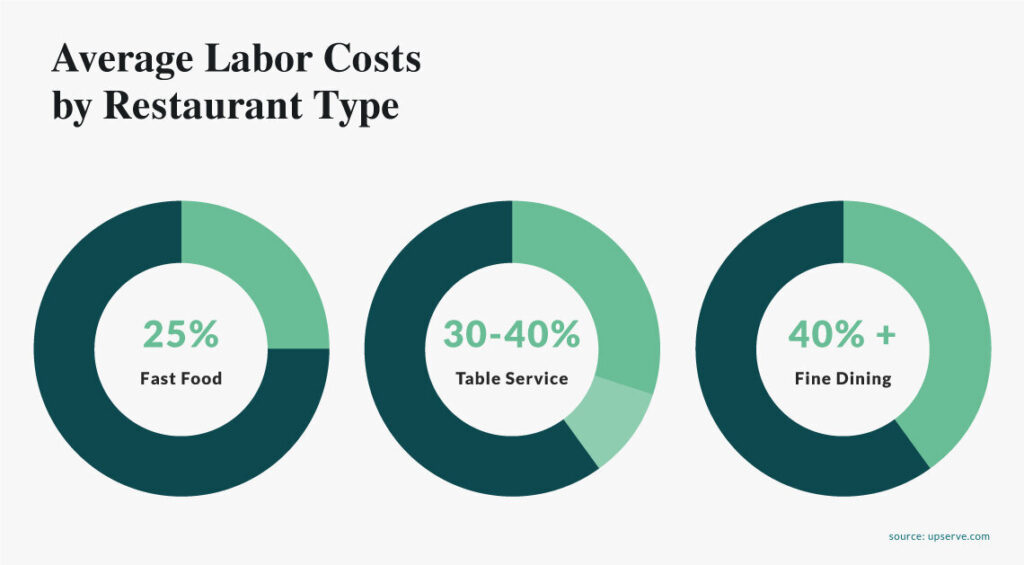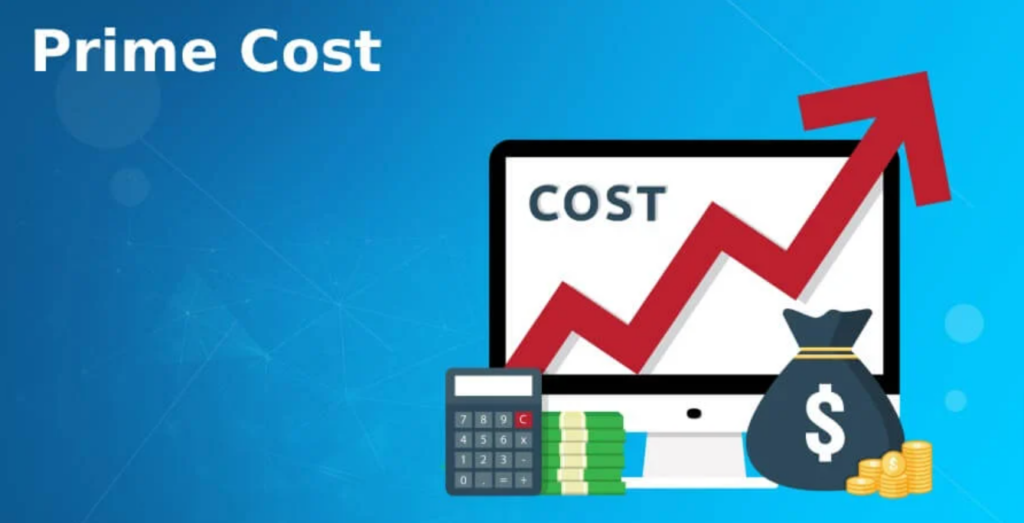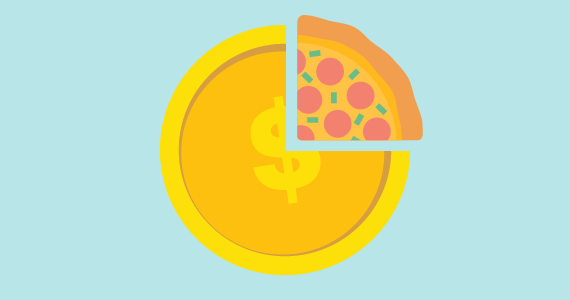Monitoring Restaurant Performance Metrics is crucial for your restaurant’s success. By keeping an eye on these key numbers, you can gain valuable insights into efficiency, profitability, and overall business health. Understanding and optimizing these metrics allows you to boost profits and streamline operations, ensuring long-term growth.
Gross Profit Margin
Definition of Gross Profit Margin
Gross profit margin shows the money left after subtracting the cost of goods sold (CoGS) from total sales. It indicates how efficiently your restaurant produces and sells its menu items.
Steps to Calculate Gross Profit Margin
- Find your total sales revenue for a specific period.
- Calculate your CoGS for the same period.
- Subtract CoGS from total sales to get gross profit.
- Divide gross profit by total sales.
- Multiply the result by 100 to get a percentage.
Why Gross Profit Margin Is Vital for Assessing Financial Health
A healthy gross profit margin means your restaurant is making enough money to cover operating expenses and earn a profit. Regularly tracking this metric helps you identify trends and make informed decisions.
Cost of Goods Sold (CoGS)
Explanation of CoGS
CoGS represents the total cost of ingredients and materials used to prepare the food and drinks you sell. It includes the cost of raw materials but excludes indirect expenses like labor and utilities.
Method to Compute CoGS
- Start with the value of your beginning inventory.
- Add the cost of purchases made during the period.
- Subtract the value of your ending inventory.
The formula is: Beginning Inventory + Purchases – Ending Inventory = CoGS.
Impact of CoGS on Overall Profitability
Keeping CoGS low is essential for maintaining a healthy profit margin. High CoGS can eat into profits, so it’s important to manage inventory and control waste effectively.
Labor Cost Percentage
What Labor Cost Percentage Indicates
Labor cost percentage shows the portion of your revenue spent on employee wages, benefits, and taxes. It’s a key indicator of how labor expenses impact your overall budget.
Formula for Calculation
- Add up all labor-related costs for a specific period.
- Divide this total by your total sales revenue for the same period.
- Multiply the result by 100 to get a percentage.
Strategies to Manage and Optimize Labor Costs
- Schedule staff based on peak hours to avoid overstaffing.
- Cross-train employees to handle multiple roles.
- Use technology to streamline operations and reduce manual labor.
Prime Cost
Understanding Prime Cost and Its Components
Prime cost is the sum of CoGS and total labor costs. It represents the direct costs of producing your menu items and serving customers.
Calculation Method
- Calculate your CoGS.
- Add total labor costs.
The formula is: CoGS + Total Labor Costs = Prime Cost.
Significance of Prime Cost in Budgeting
Prime cost is a major expense for restaurants. Keeping it under control is crucial for profitability. Monitoring prime cost helps you make informed decisions about pricing, staffing, and purchasing.
Break-Even Point
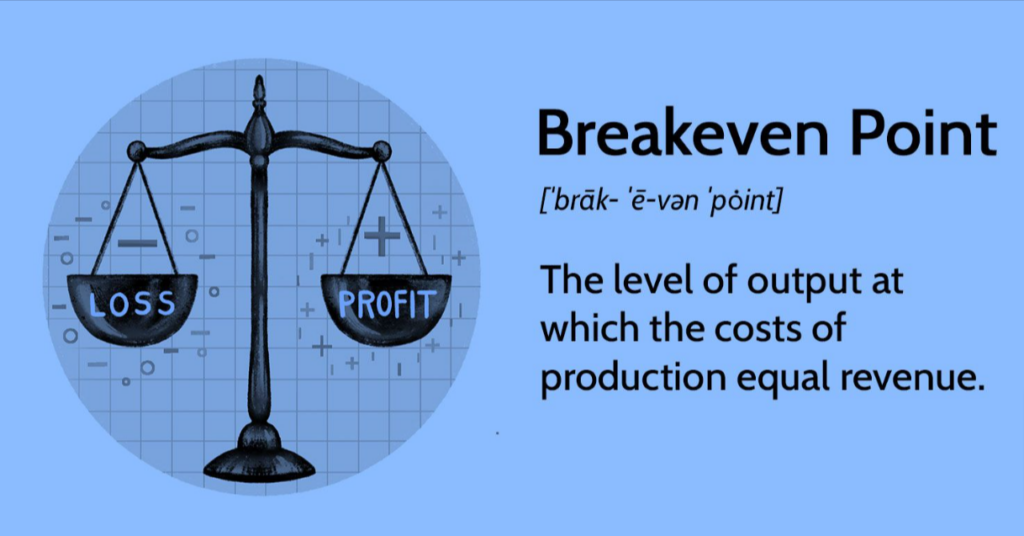
Definition of the Break-Even Point
The break-even point is when your total revenue equals your total expenses. At this point, your restaurant is not making a profit, but it’s not losing money either.
Steps to Determine It
- Calculate your fixed costs (expenses that don’t change, like rent and utilities).
- Determine your variable costs per unit sold (like ingredients).
- Subtract variable cost per unit from the selling price per unit to get the contribution margin per unit.
- Divide fixed costs by the contribution margin per unit to find the break-even point in units.
How Knowing the Break-Even Point Aids in Financial Planning
Understanding your break-even point helps you set sales targets and make informed decisions about expenses and pricing. It ensures you know the minimum performance needed to avoid losses.
Food Cost Percentage
What Food Cost Percentage Measures
Food cost percentage indicates the portion of your sales spent on food ingredients. It’s a key metric for pricing and profitability.
Calculation Process
- Calculate your CoGS for a specific period.
- Divide CoGS by total food sales for the same period.
- Multiply the result by 100 to get a percentage.
Tips to Control and Reduce Food Costs
- Negotiate better prices with suppliers.
- Implement portion control to reduce waste.
- Regularly review and adjust your menu based on ingredient costs.
Table Turnover Rate
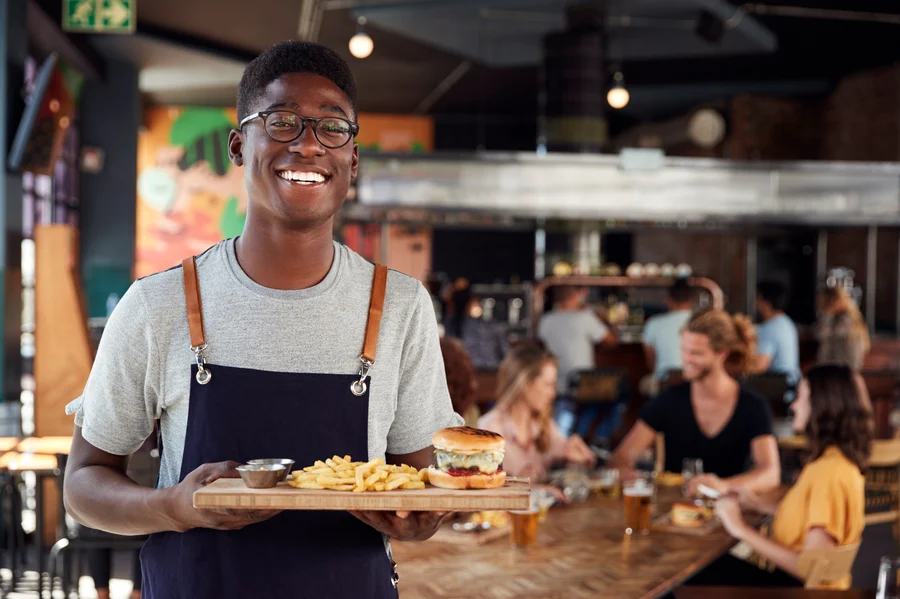
Explanation of Table Turnover Rate
Table turnover rate measures how often a table is occupied by different customers during a specific period. A higher rate indicates more customers served and potentially higher revenue.
How to Calculate It
- Count the number of parties served during a specific period.
- Divide this number by the total number of tables.
Ways to Improve Table Turnover for Increased Revenue
- Streamline service to reduce wait times.
- Encourage reservations to manage flow.
- Design an efficient seating plan.
Customer Retention Rate
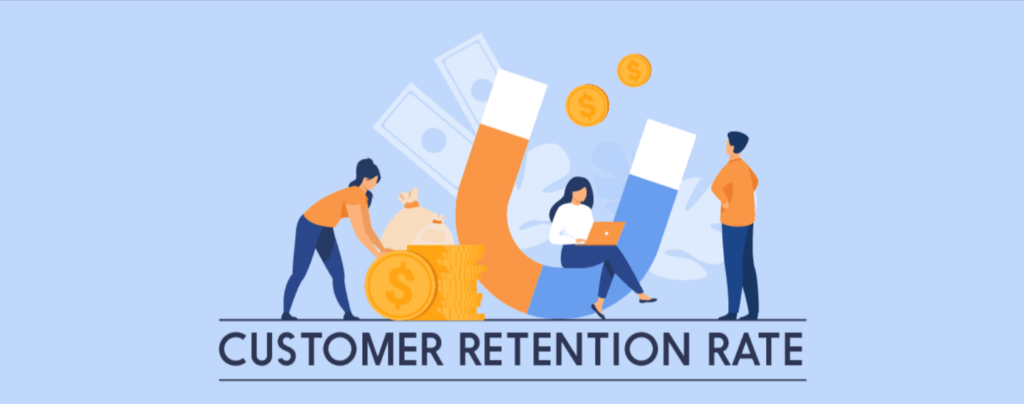
Importance of Customer Retention
Keeping customers coming back is vital for your restaurant’s success. Loyal patrons often spend more and help spread the word about your place. It’s also cheaper to keep current customers than to find new ones. restaurant-website-builder.com
Method to Calculate Retention Rate
- Choose a time frame to measure.
- Note the number of customers at the start (S).
- Count the total customers at the end (E).
- Subtract any new customers gained during this period (N).
- Use the formula:
- Customer Retention Rate (%)= (E−N)*10/S
Strategies to Enhance Customer Loyalty
- Provide Excellent Service: Friendly and prompt service makes guests feel valued.
- Offer Loyalty Programs: Reward repeat customers with discounts or freebies.
- Gather Feedback: Ask for opinions and make improvements based on them.
- Engage on Social Media: Stay connected with customers through regular updates and interactions.
By focusing on these areas, you can improve your customer retention rate and build a loyal customer base.
Conclusion
Monitoring these key performance metrics is essential for your restaurant’s success. By regularly tracking Gross Profit Margin, Cost of Goods Sold (CoGS), Labor Cost Percentage, Prime Cost, Break-Even Point, Food Cost Percentage, Table Turnover Rate, and Customer Retention Rate, you can make informed decisions to enhance profitability and efficiency. Implementing these practices will help ensure sustained success in your restaurant operations.
